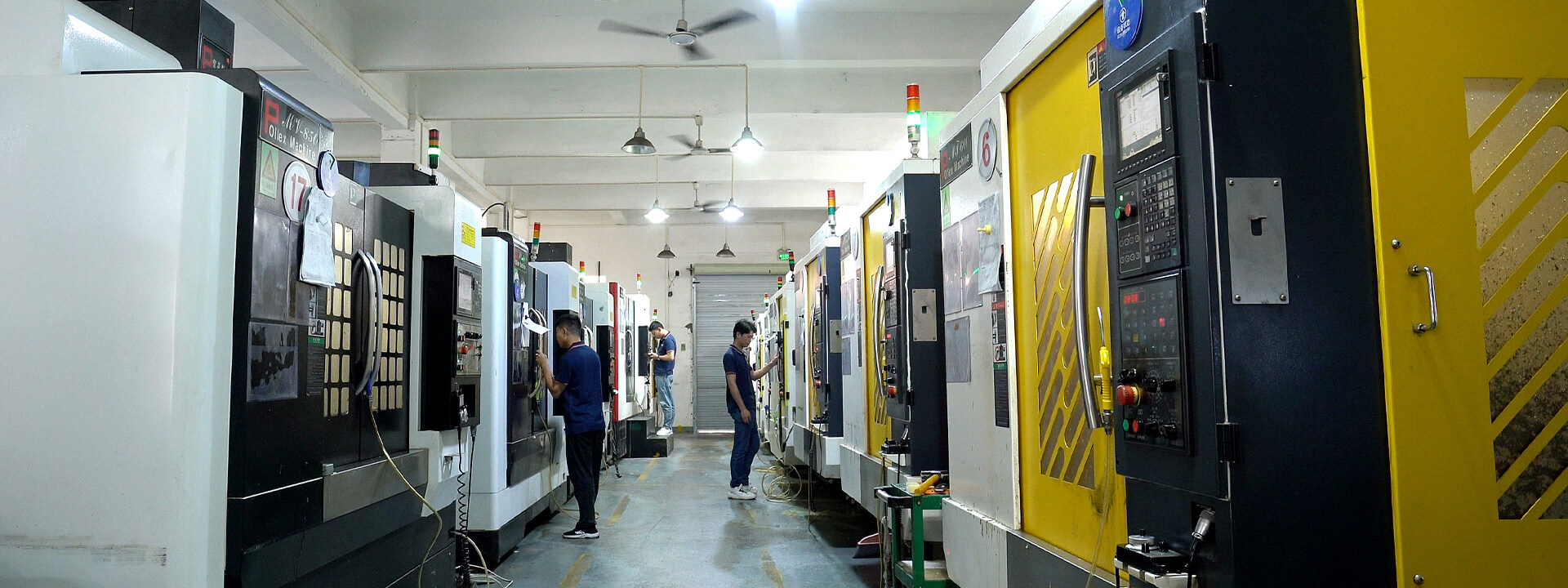Email format error
Email cannot be empty
Email already exists
6-20 characters(letters plus numbers only)
The password is inconsistent
Email format error
Email cannot be empty
Email does not exist
6-20 characters(letters plus numbers only)
The password is inconsistent


China's 3D Printing Services: Creating Museum Memorabilia and Cultural Creative Products
1. Introduction
1.1 Overview of 3D Printing Services in China
In recent years, 3D printing technology has triggered a significant revolution in the global manufacturing industry. This technology builds objects layer by layer, offering unprecedented flexibility and precision. In China, a leader in global manufacturing and technological innovation, 3D printing services have seen widespread adoption, transforming traditional manufacturing methods and opening new opportunities across various sectors.
1.2 Focus on Museums and Cultural Creative Products
Museums and cultural institutions rely on souvenirs and creative products to enhance visitor experiences and generate revenue. These products typically include replicas of artifacts, themed merchandise, and custom souvenirs. With the rise of 3D printing technology, the production of these items has undergone significant changes, enabling museums to offer more personalized and culturally rich memorabilia, thereby enhancing visitor experiences and satisfaction.
2. Role of China’s 3D Printing Services in Museum Memorabilia
2.1 Customization and Personalization
A key advantage of 3D printing is its high level of customization. Museums can use 3D printing technology to create highly personalized souvenirs that are not only unique but also closely related to specific exhibition themes. For instance, museums can use 3D printing to produce miniature replicas of ancient artifacts or custom products designed for particular exhibitions, allowing each visitor to take home a meaningful and unique keepsake.
2.2 Enhancing Visitor Experience
Unique and high-quality souvenirs have a significant impact on enhancing the visitor experience. Through 3D printing, museums can create memorabilia that is not only visually appealing but also rich in cultural and historical significance. These souvenirs not only provide visitors with lasting memories but also better reflect the cultural themes of the exhibitions, thereby increasing the museum’s brand value and overall visitor experience.
3. Benefits of Using 3D Printing for Museum Memorabilia
3.1 Cost Efficiency
Traditional souvenir production often requires substantial upfront investment, including molds, production runs, and inventory management. 3D printing technology has altered this model, offering a more cost-effective solution. Museums can use 3D printing to produce small quantities or even single items, without the need for expensive molds or large-scale production, thus optimizing cost control and reducing financial risks.
3.2 Rapid Prototyping and Production
The speed of 3D printing is another significant advantage. It allows for rapid prototyping and production of final products, which is particularly important for museums. By quickly producing and adjusting designs, museums can ensure that the final products meet quality standards and align with creative visions. This fast production cycle is especially useful for seasonal or temporary exhibitions.
3.3 Innovation and Creativity
3D printing technology fosters innovation, allowing designers to create unique designs that are difficult to achieve with traditional manufacturing methods. Museums can explore new design possibilities and produce creative and competitive souvenirs using this technology. Such innovation not only attracts more visitors but also positions museums as leaders in creativity and technological advancement.
4. Examples of 3D Printed Museum Memorabilia in China
4.1 Example 1
A museum renowned for its ancient terracotta warriors exhibition collaborated with a local 3D printing service provider to create detailed replicas of the warriors. These replicas accurately replicate the original artifacts' details and provide visitors with a tangible connection to history. This collaboration not only enhanced the visitor experience but also boosted souvenir sales, generating additional revenue for the museum.
4.2 Example 2
Another museum known for its collection of ancient Chinese jade artifacts used 3D printing to create a series of jade-like souvenirs. These products not only mimicked the appearance and texture of genuine jade but also allowed the museum to offer high-quality replicas at a lower cost. The finely crafted souvenirs attracted collectors and visitors, enhancing the museum's appeal.

5. Choosing the Right 3D Printing Service Provider in China
5.1 Key Considerations
Selecting the right 3D printing service provider is crucial for the success of museum memorabilia projects. Museums should consider factors such as the provider’s expertise in cultural and historical products, the quality of printing technology, and their ability to deliver on time. Additionally, reviewing the provider’s track record and customer feedback can provide valuable insights into their reliability and performance.
5.2 Leading Service Providers and Their Offerings
China boasts several leading 3D printing service providers specializing in services for museums and cultural institutions. These companies utilize advanced technologies and materials to meet the specific needs of museums in memorabilia production. Partnering with experienced service providers can help museums achieve high-quality products and fulfill their creative goals.
6. Future Trends in 3D Printing for Museum Memorabilia
6.1 Emerging Technologies and Innovations
The field of 3D printing is continuously evolving, with new technologies and innovations regularly emerging. Future trends may include advancements in materials, such as more sustainable and eco-friendly options, as well as improvements in printing speed and precision. Museums should stay informed about these developments to leverage the latest 3D printing solutions for cutting-edge memorabilia.
6.2 Expanding Market Opportunities
The growing demand for personalized and unique souvenirs presents opportunities for museums to expand their market. By collaborating with 3D printing service providers, museums can explore new revenue streams and attract a broader audience. Additionally, international market expansion may offer new avenues for showcasing 3D printed cultural products.
7. Conclusion
7.1 Summary of Key Points
China’s 3D printing services have had a profound impact on the creation of museum memorabilia and cultural products. By offering customization, cost efficiency, rapid production, and innovative design, 3D printing technology has enhanced visitor experiences and supported museums’ economic growth. Successful case studies highlight the significant potential of 3D printing technology in museum memorabilia production.
7.2 Final Thoughts and Recommendations
Museums and cultural institutions should consider incorporating 3D printing technology into their memorabilia strategies to fully capitalize on its benefits. By partnering with experienced 3D printing service providers, museums can create unique, high-quality souvenirs, enhance visitor experiences, and strengthen their brand image. Embracing this technology not only improves museum visits but also demonstrates the institution’s leadership in creativity and technological innovation.
China’s 144-Hour Visa-Free Policy
In addition to advancements in 3D printing technology, China has made significant strides in improving the international visitor experience. Recently, China introduced a 144-hour visa-free transit policy, providing a more convenient entry process for visitors from certain countries. This policy not only simplifies the visa application process but also encourages more international tourists to visit and explore museums in China.
The introduction of this policy, combined with the innovative use of 3D printing technology, creates more opportunities for China’s cultural and creative industries. International visitors can more easily access museums, enjoy exhibitions, and purchase 3D printed souvenirs, enhancing their overall experience and contributing to the internationalization of China’s cultural and creative sectors. China’s ongoing innovations in technology and its open policies offer global tourists greater convenience and opportunities to explore the rich history and culture of the country.

